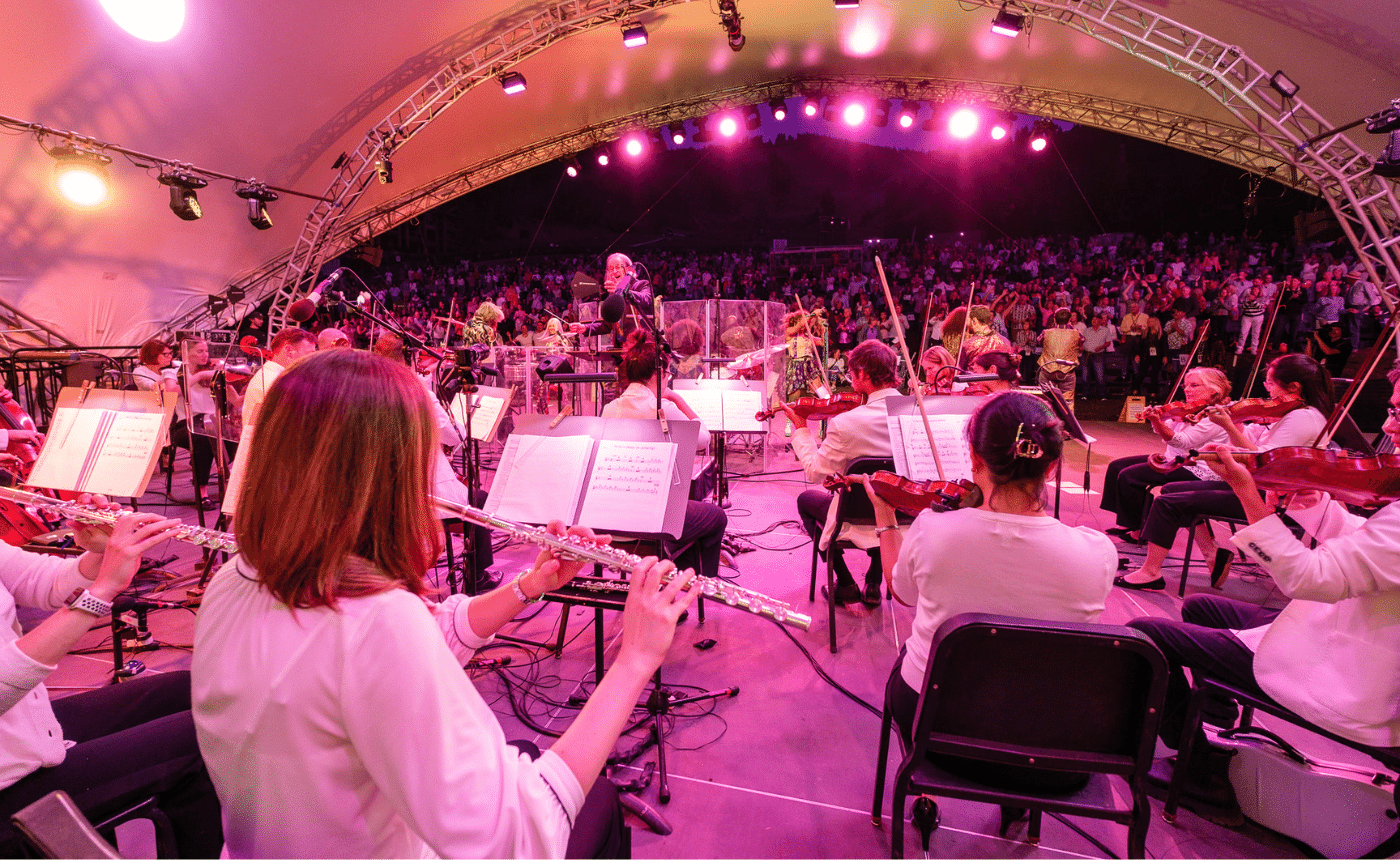Ravel – Rapsodie espagnole
By Jeff Counts
Instrumentation: 2 piccolos, 2 flutes, 2 oboes, English horn, 2 clarinets, bass clarinet, 3 bassoons, contrabassoon, 4 horns, 3 trumpets, 3 trombones, tuba, timpani, bass drum, cymbals, snare drum, tamtam, triangle, tambourine, xylophone, castanets, 2 harps, strings.
Duration: 16 minutes in four movements.
THE COMPOSER – MAURICE RAVEL (1875-1937) – Ravel made five attempts to win the coveted Prix de Rome (an annual award for outstanding student artists) between 1900 and 1905. None bore the desired result and the cumulative experience of the five “failures” contributed to Ravel’s ongoing distaste for cultural authority. His membership in the informal collective known as Les Apaches (loosely meaning “The Outlaws” in French) and founding role in the Société Musicale Indépendante cemented his outsider status.
THE MUSIC – As a child of a Swiss father and a Basque mother, Ravel was always “a man apart” in Paris. His closely held affinity for his maternal heritage was especially evident in a 1907 pair of major post-Prix de Rome efforts – his first opera L’heure espagnole and the first work he composed specifically for orchestra, Rapsodie espagnole. In performance, the work is a study in control and perfectly measured tension. Ravel’s easy mastery of the Spanish musical character was affirmed by none other than Manuel de Falla. The Spaniard’s generous acknowledgement of Ravel’s musical intentions having been “in absolute agreement” with his own must have come as a supreme validation at the time (especially given the fact that Ravel had yet to visit Spain). Falla found the Rapsodie surprisingly genuine and applauded Ravel’s resistance to the pat use of folk melodies. The Habanera movement dates back to an earlier period. It was originally written for piano duo in 1895 and it got the attention of Claude Debussy, who had his own Spanish fascinations. In fact, the two men were compared and contrasted throughout their careers and their respective Iberian pieces were often at the heart of that largely unwelcome public debate. Rapsodie espagnole was premiered in 1908 before a Parisian audience that included many of Ravel’s students and admirers. Though the performance lacked precision, they demanded an immediate encore of the Malagueña movement.
THE WORLD – The Great Romanian Peasants’ Revolt took place in 1907. It was also the year of the financial Panic of 1907 in New York, the first helicopter flight in France and the opening of the first Montessori school in Italy.
THE CONNECTION – Though often programmed on other Utah Symphony concerts, Rapsodie espagnole has not bee part of a Masterworks concert since 2000. Keith Lockhart conducted.












